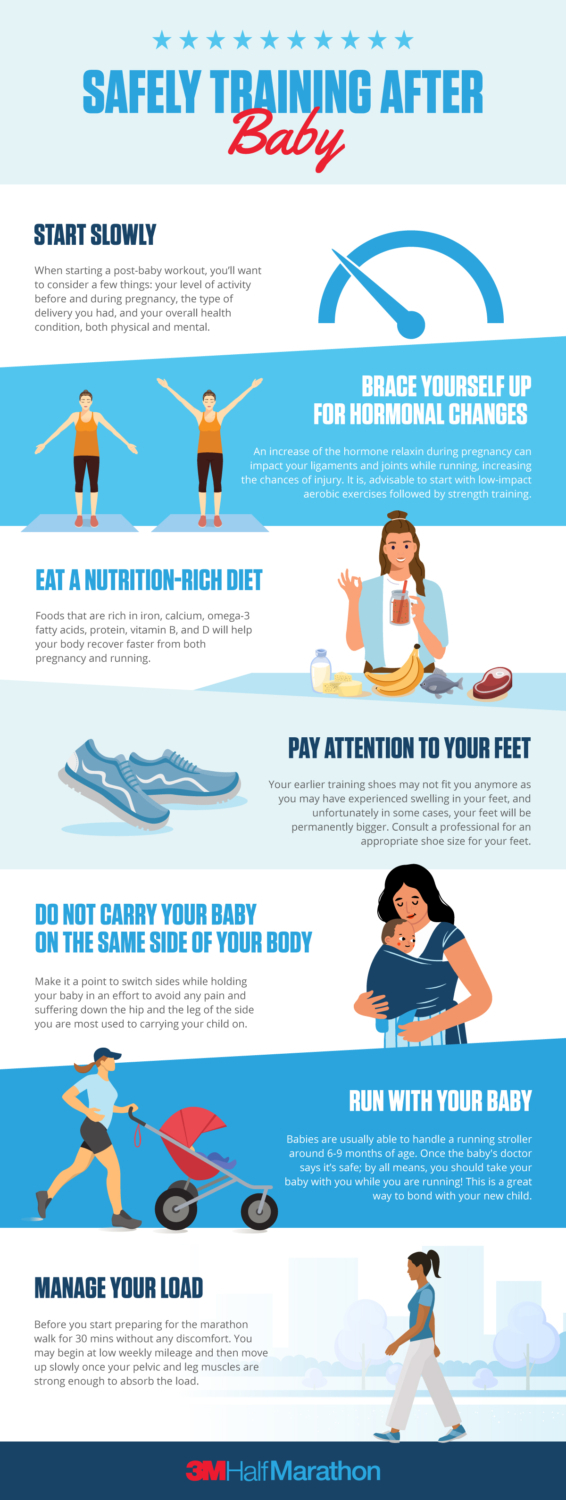Our summertime running advice will keep you moving during the summer months
With Texas already experiencing some summer-like days, it’s important to take advantage of the remaining cool days and mornings while you can! While the humidity and soaring heat may make it challenging to run, it doesn’t mean you have to stop altogether. Instead, consider using this season as an opportunity to become a better runner while staying safe. In this blog post, we’ll provide you with valuable advice on how to beat the heat and continue running during the summertime. Embrace the challenge to make yourself a better runner and stay safe with our advice. Implement this summertime running advice to beat the heat.
Protect yourself
If you run when the sun is out, protect yourself from its rays.
- apply sweat-proof sunscreen 15-20 minutes before your run or workout
- wear a hat or visor to protect your face
- rock the shades (protect your eyes from the sun’s rays and glares from other objects)
- wear light-colored clothes (dark colors absorb more heat) and sweat-wicking material
Hit the trails
Get off the roads and hit the trails! Austin is crawling with amazing trails that you can run on. Running with nature gets you away from the asphalt (absorbs heat), away from cars and their exhaust, and closer to the trees (that provide shade) and creeks (where you can cool off if needed). Pro tip: if you run with your dog on the trails, obey all city ordinances and make sure you pack water and a bowl (or that the creeks have running water).
Adjust schedule
It’s no secret that the mornings and evenings are cooler than the afternoon. Running/working out when it’s 15-20 degrees cooler can make all the difference. The last thing you want to do is overheat your body. Pro tip: these six tips will help ensure you make your morning run.
Hydrate
Oftentimes the most overlooked tip. Not because people don’t hydrate, but because people don’t hydrate enough. 60-80 fluid ounces is recommended daily depending on body weight. If you’re more active you’ll need to increase the amount. Make sure to incorporate a nice balance of water and a liquid with electrolytes. Adequately hydrating on a daily basis ensures your body has what it needs when you begin sweating during your run/workout.
Cross-train
Yes, cross-training can help you improve as a runner! You don’t have to stop running, but your mileage will decrease when you implement cross-training. This can be as simple as riding your bike on these shaded trails. You could try online yoga, bootcamp workouts, or rock climbing. Remember to apply sunscreen if you’re outdoors. Benefits: increase lung capacity, recovery from a hard run, strengthen muscles, and increase flexibility.
The summer heat doesn’t have to be a barrier to your running routine. With careful planning and incorporating the tips mentioned in this blog post, you can stay safe and still enjoy the benefits of running during the summer months. Whether you’re an experienced runner or just starting out, it’s essential to listen to your body and adjust your routine accordingly. By staying hydrated, wearing breathable clothing, running in shaded areas, and taking breaks when needed, you can continue to challenge yourself and improve your fitness level while beating the heat.



